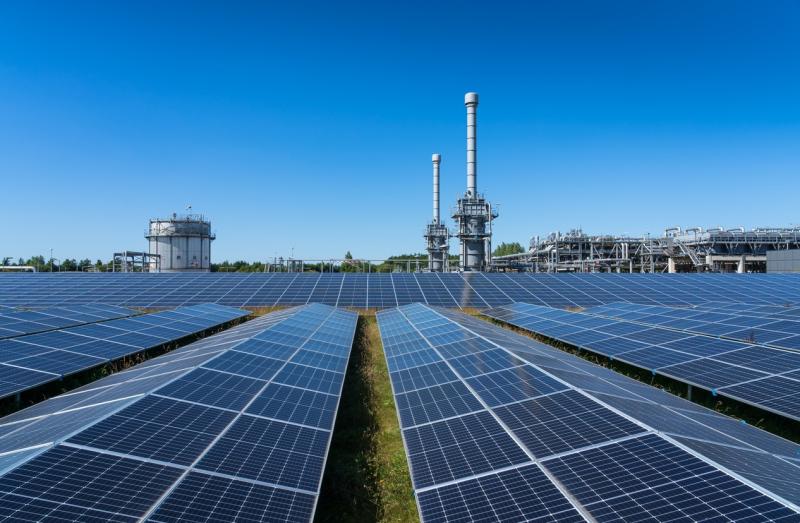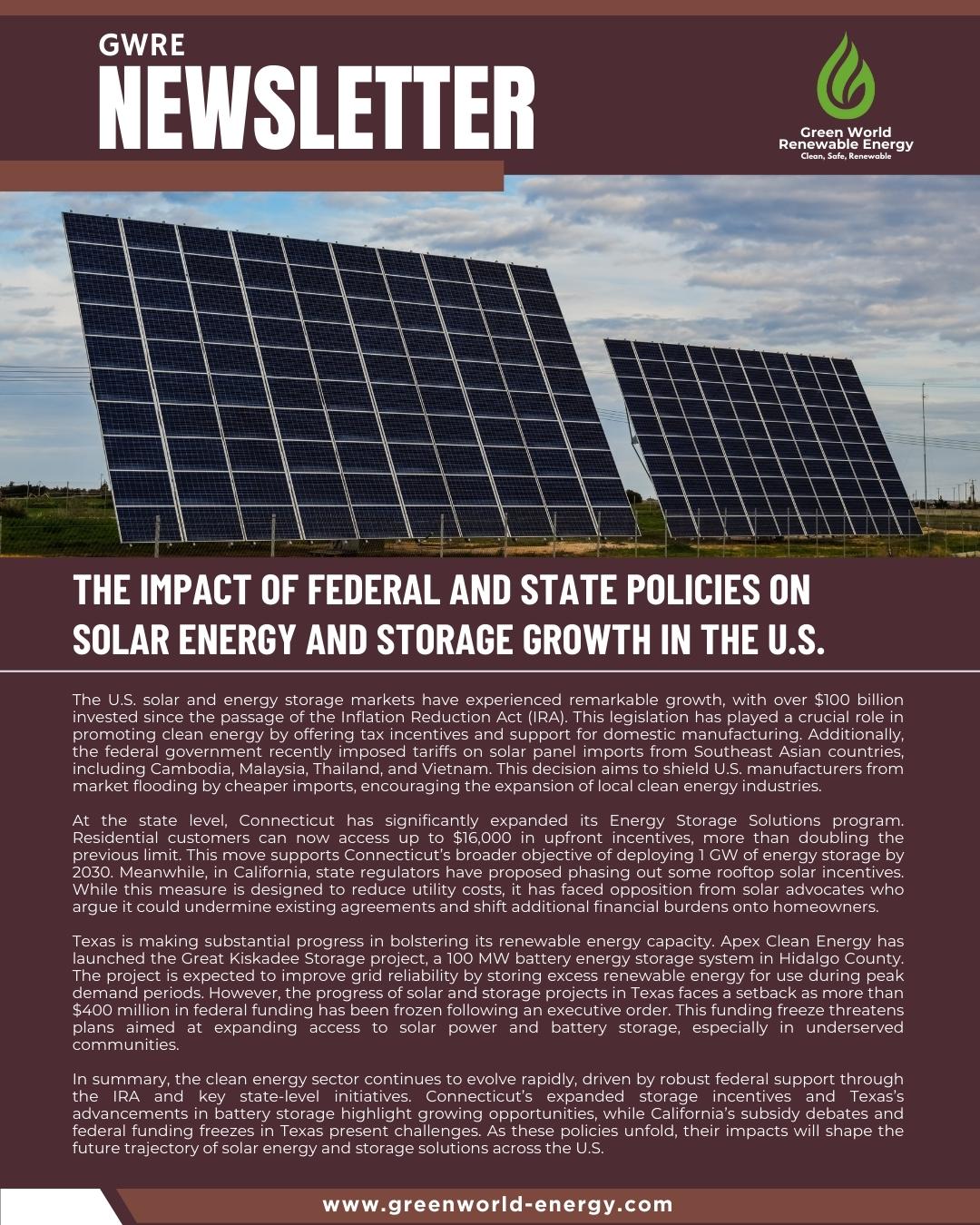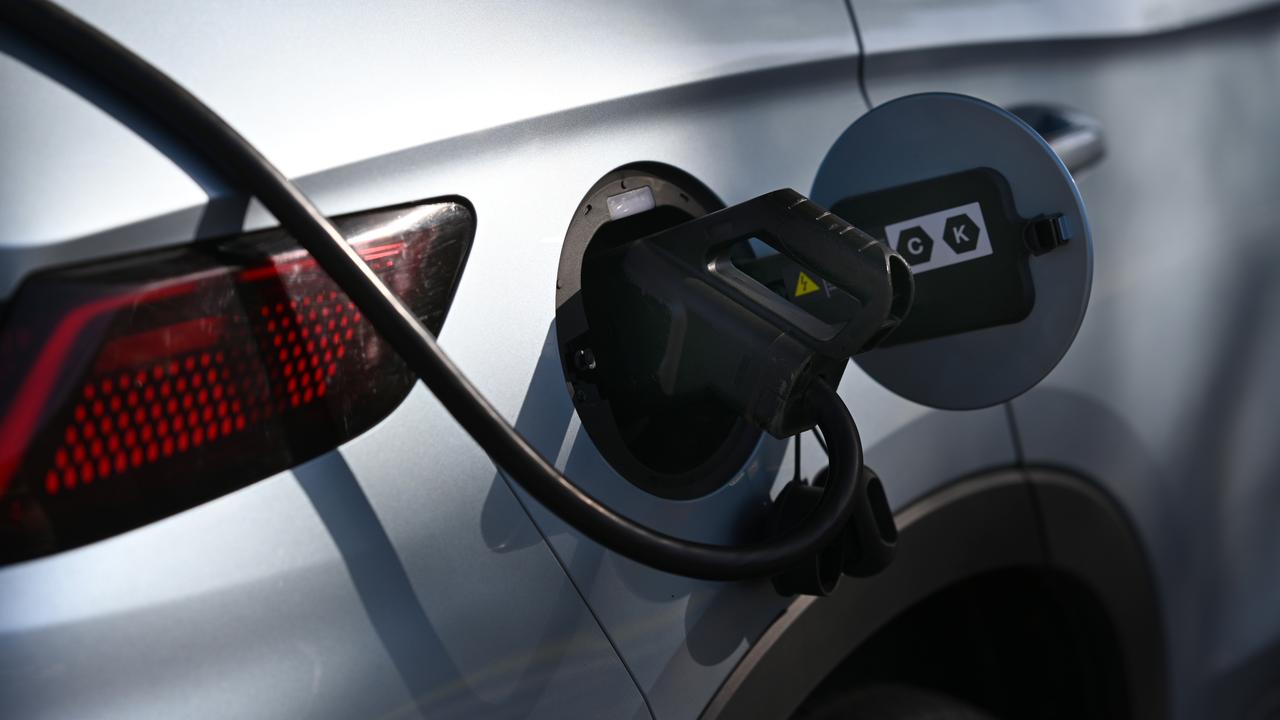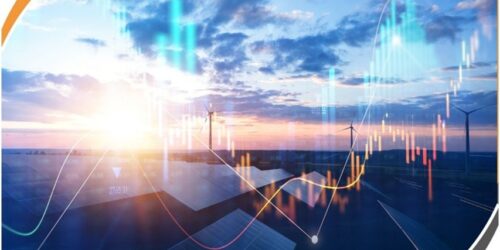Incident Report and SDG Analysis: Thor Offshore Wind Project
Project Overview and Sustainable Development Goal Alignment
The Thor offshore wind project, located in the Danish North Sea, is positioned to become Denmark’s most powerful offshore wind installation. The project is a significant contributor to several United Nations Sustainable Development Goals (SDGs).
- SDG 7 (Affordable and Clean Energy): Upon completion, the project will substantially increase the share of renewable energy in Denmark’s national grid, directly addressing Target 7.2 by increasing the global percentage of renewable energy.
- SDG 9 (Industry, Innovation, and Infrastructure): The construction represents a major investment in resilient, sustainable infrastructure and showcases advanced engineering in the renewable energy sector, aligning with Target 9.4 to upgrade infrastructure for sustainability.
- SDG 13 (Climate Action): As a large-scale renewable energy source, the Thor project is a direct measure to combat climate change by displacing fossil fuel-based power generation and reducing greenhouse gas emissions.
Incident Details
An incident has been reported at the onshore substation connected to the Thor wind project. The event occurred while the project is in its mid-construction phase. The operational integrity of infrastructure is a key component of ensuring sustainable development, and any setbacks are critical to analyze in the context of project timelines and safety protocols, which are integral to SDG 8 (Decent Work and Economic Growth).
Construction Status and Broader SDG Implications
Despite the incident at the substation, progress on the offshore components continues. Project developer RWE has confirmed a key construction milestone has been reached, reinforcing the project’s overall contribution to national and global sustainability targets.
- Construction Milestone: The project has successfully completed the halfway point for the installation of its monopile foundations in the Danish North Sea.
- Reinforcing SDG Commitments: This progress underscores the project’s ongoing contribution to long-term sustainability targets, including:
- Target 7.2: Increasing the global percentage of energy from renewable sources.
- Target 9.1: Developing quality, reliable, sustainable, and resilient infrastructure.
- Target 13.2: Integrating climate change measures into national policies and planning.
- Economic and Social Impact (SDG 8 & SDG 11): The project continues to support economic growth and job creation throughout its construction phase. The clean energy produced will contribute to creating more sustainable cities and communities by providing a reliable, carbon-neutral power source.
Analysis of Sustainable Development Goals (SDGs) in the Article
1. Which SDGs are addressed or connected to the issues highlighted in the article?
The article, while brief, directly connects to several Sustainable Development Goals through its focus on a large-scale renewable energy project. The primary SDGs identified are:
- SDG 7: Affordable and Clean Energy: The core subject is the construction of the “Thor offshore wind project,” a major initiative to generate clean, renewable energy.
- SDG 9: Industry, Innovation, and Infrastructure: The article describes a significant infrastructure project, including an “onshore substation” and the “installation of monopiles,” which represents an investment in sustainable and innovative infrastructure.
- SDG 13: Climate Action: Offshore wind farms are a critical technology for mitigating climate change by providing a large-scale alternative to fossil fuels, thereby reducing greenhouse gas emissions. The project is a tangible action against climate change.
- SDG 8: Decent Work and Economic Growth: The mention of an “incident” at the construction site highlights the issue of occupational health and safety, which is a key component of decent work.
2. What specific targets under those SDGs can be identified based on the article’s content?
Based on the information provided, the following specific targets can be identified:
- Target 7.2: By 2030, increase substantially the share of renewable energy in the global energy mix.
- Explanation: The article discusses Denmark’s “‘most powerful’ offshore wind project.” The construction and eventual operation of this facility directly contribute to increasing the proportion of renewable energy in Denmark’s and, by extension, the global energy supply.
- Target 9.1: Develop quality, reliable, sustainable and resilient infrastructure…to support economic development and human well-being.
- Explanation: The project involves building critical energy infrastructure (“onshore substation,” “monopiles”) designed for sustainability. This new infrastructure will reliably supply clean power, supporting both the economy and the well-being of the population.
- Target 13.2: Integrate climate change measures into national policies, strategies and planning.
- Explanation: A project of this magnitude (“‘most powerful’ offshore wind project”) is not an isolated event but rather the result of a national strategy by Denmark to invest in renewable energy as a core part of its climate action plan.
- Target 8.8: Protect labour rights and promote safe and secure working environments for all workers…
- Explanation: The article explicitly mentions that an “incident took place at onshore substation.” This directly relates to workplace safety and the need to ensure secure conditions for workers on large construction projects.
3. Are there any indicators mentioned or implied in the article that can be used to measure progress towards the identified targets?
The article implies several indicators, even without providing specific quantitative data:
- Implied Indicator for Target 7.2: The scale of the project, described as Denmark’s “‘most powerful’ offshore wind project,” serves as a qualitative indicator of a significant planned increase in installed renewable energy capacity (Indicator 7.2.1: Renewable energy share in the total final energy consumption).
- Implied Indicator for Target 9.1: The progress of the construction, noted as having “reached the halfway point in the installation of monopiles,” is a direct, albeit non-numerical, indicator of progress in developing new sustainable infrastructure.
- Implied Indicator for Target 8.8: The mention of an “incident” is a direct data point related to Indicator 8.8.1 (Frequency rates of fatal and non-fatal occupational injuries). While the article does not provide a rate, it confirms the occurrence of a workplace safety event that would be tracked by this indicator.
4. Summary Table of SDGs, Targets, and Indicators
| SDGs | Targets | Indicators (Mentioned or Implied in Article) |
|---|---|---|
| SDG 7: Affordable and Clean Energy | 7.2: Increase substantially the share of renewable energy in the global energy mix. | The construction of Denmark’s “‘most powerful’ offshore wind project” implies a future increase in renewable energy capacity (related to Indicator 7.2.1). |
| SDG 9: Industry, Innovation, and Infrastructure | 9.1: Develop quality, reliable, sustainable and resilient infrastructure. | The project’s progress (“halfway point in the installation of monopiles”) serves as a qualitative measure of investment in and development of sustainable infrastructure. |
| SDG 13: Climate Action | 13.2: Integrate climate change measures into national policies, strategies and planning. | The existence of such a large-scale project implies the implementation of a national strategy for climate mitigation through renewable energy. |
| SDG 8: Decent Work and Economic Growth | 8.8: Protect labour rights and promote safe and secure working environments for all workers. | The report of an “incident” at the construction site is a direct data point for tracking occupational safety (related to Indicator 8.8.1). |
Source: rechargenews.com







